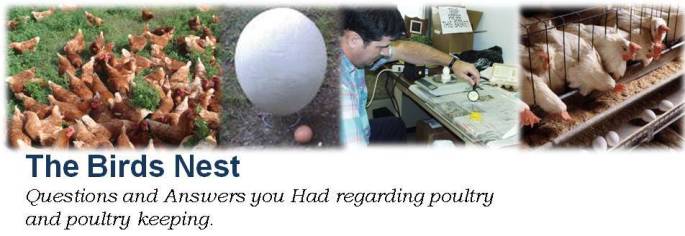
Could of - Should of - Would of ...
Many farmers often are too busy to think about emergency preparedness until the storm is upon them. That is the worst time to plan for an emergency. Fire departments do not take delivery of a fire engine only when a house is on fire! So it pays to be prepared, to be a good scout, and be ready for the most common threat to your farm and your livelihood. For small flocks, it too is important to prepare as the birds you keep are important to you as well (some have names!) so, it is important to have an emergency plan to enact when trouble strikes.
Anyone with animals should have a plan to take care of them if a supply falls short or fails altogether. For poultry, water and power is important to maintain in constant supply. As a storm approaches, it is important to take stock of critical equipment on the farm and make sure it is in operational order. Fuel and oil levels on backup generators, extension cords for backup generators, switching equipment and emergency pumps are valuable tools for farm backup supplies.
For water supplies, if running on a tank / cistern system make sure that pumps are keeping pool levels high in order to ensure supplies during a power outage. Barrels of water for small flocks can ensure a constant supply.
Check drainage routes on the farm and clear away any debris from gutters / spouting and culverts to ensure drainage away from poultry shelters and barns. If there are bridges that lead onto the farm be sure to check those too to make sure they are free of trash that could clog the bridge and cause a wash-out.
Logistically, you should have a call list of people that can help you. Township, county and other agency numbers in addition to integrator numbers should be handy. Check (Google if you have to) governmental websites for current numbers and contacts.
Personally, you should have a family plan as well. Have an outside the area contact that can call family on your behalf should disaster strike. Many times an area code will turn to one- way traffic (outgoing) in an emergency to keep phone lines open. Plan for that as well and give your out of area contact a list of who to contact in an emergency. Be sure your home has enough food and water for all occupants for 3 days without power. Be sure your cell is fully charged and that you have a way of charging it (car, batteries, etc.) without plugging it into a wall.
For more information on emergency preparedness for poultry and farms see:
ReadyAG program
a poultry module is available there.
Extension Disaster Education Network (EDEN)
eXtension Emergency preparedness website
